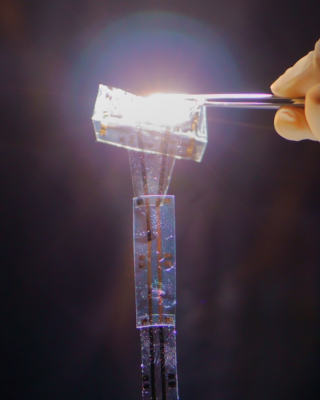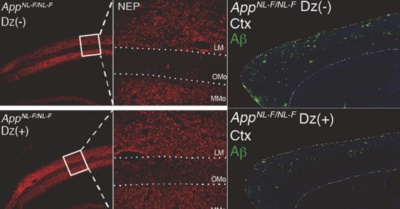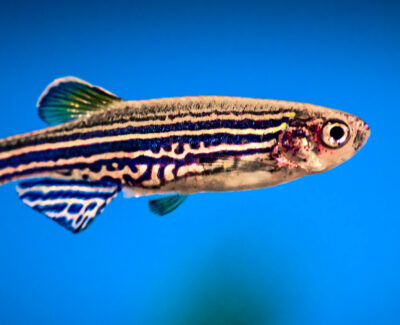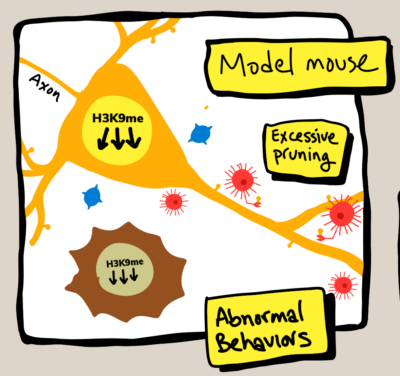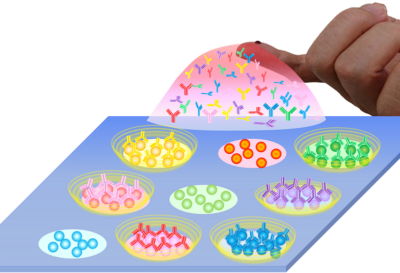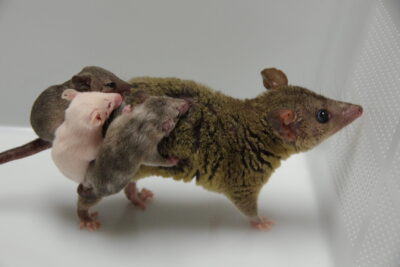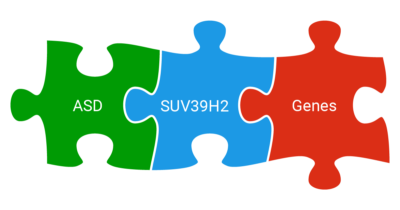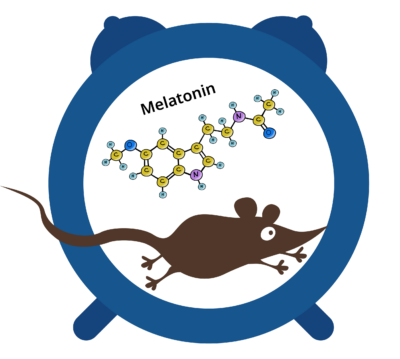Latest research animations
Self-assembly of spider silk
This gut microbe might protect against diabetes and reduce insulin resistance
NEW: One-way hydrogel guides motion of tiny worms!
Latest Posts
No Results Found
The page you requested could not be found. Try refining your search, or use the navigation above to locate the post.
Super-thin wearable electronics just got more flexible
Cassava engineered to produce healthier tapioca starch
Diazoxide pills for Alzheimer’s disease?
Zebrafish imagine a danger-free future to avoid threats in virtual reality
Kleefstra syndrome in mice reversed after birth
A faster and more sensitive antibody test for COVID-19
Opossums are the first genome edited marsupials
Methylation mutation directly linked to autism
Melatonin in mice, circadian rhythms, and daily torpor
Aug
22
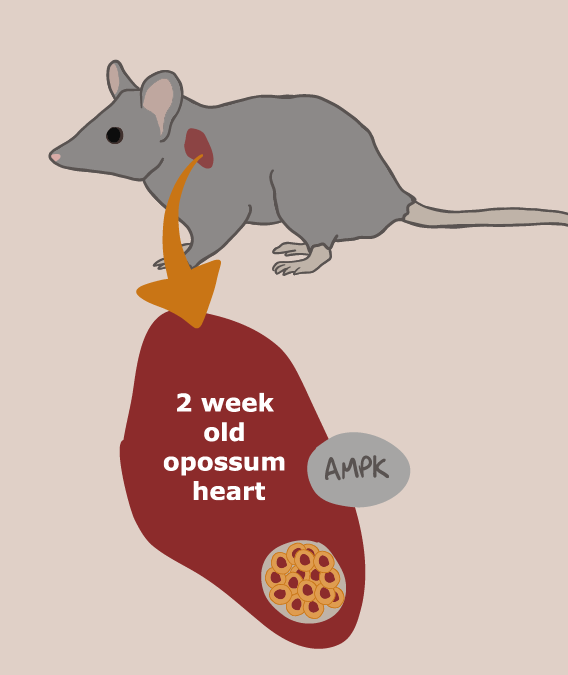
Marsupial heart regeneration ability given to mice
Regeneration of mouse hearts ? ?? after birth achieved by figuring out how it’s possible in opossums. Continue!
Aug
19
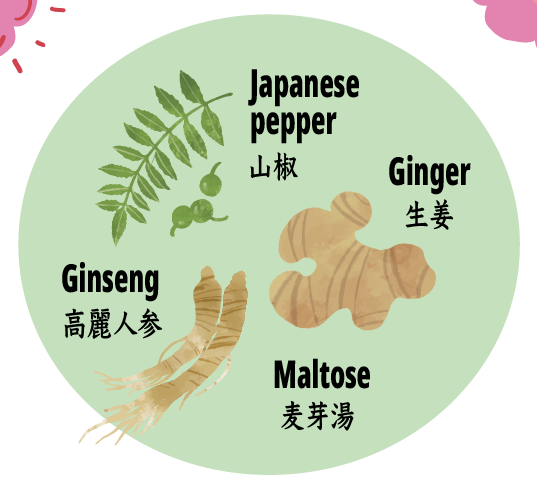
How an herbal medicine protects against inflamed bowels
A Japanese herbal medicine promotes good bacteria and innate immune cells in the gut, which protects against intestinal inflammation. Continue!
Jul
7
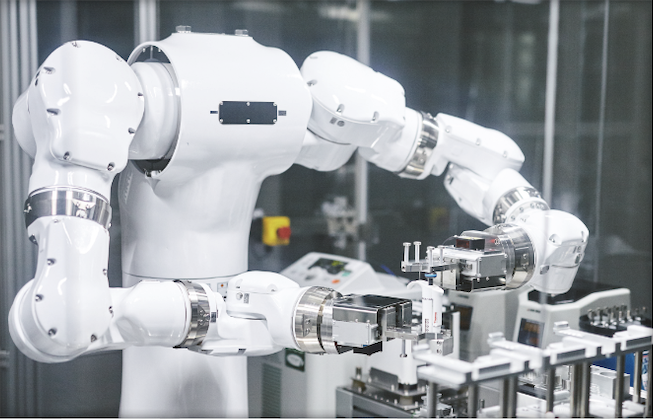
Robotic AI helps efficient growth of replacement organs
Humans team-up with a robotic AI to speed up experiments to find the best way to regrow damaged eye tissue from stem cells. Continue!
Jun
20
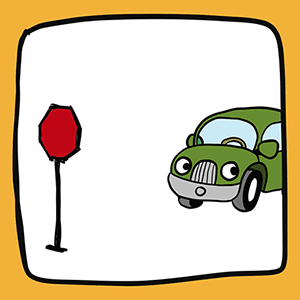
Extra “eye” movements are the key to better self-driving cars
If self-driving cars make saccades like people, they might make fewer mistakes identifying important features of the road. Continue!
May
26
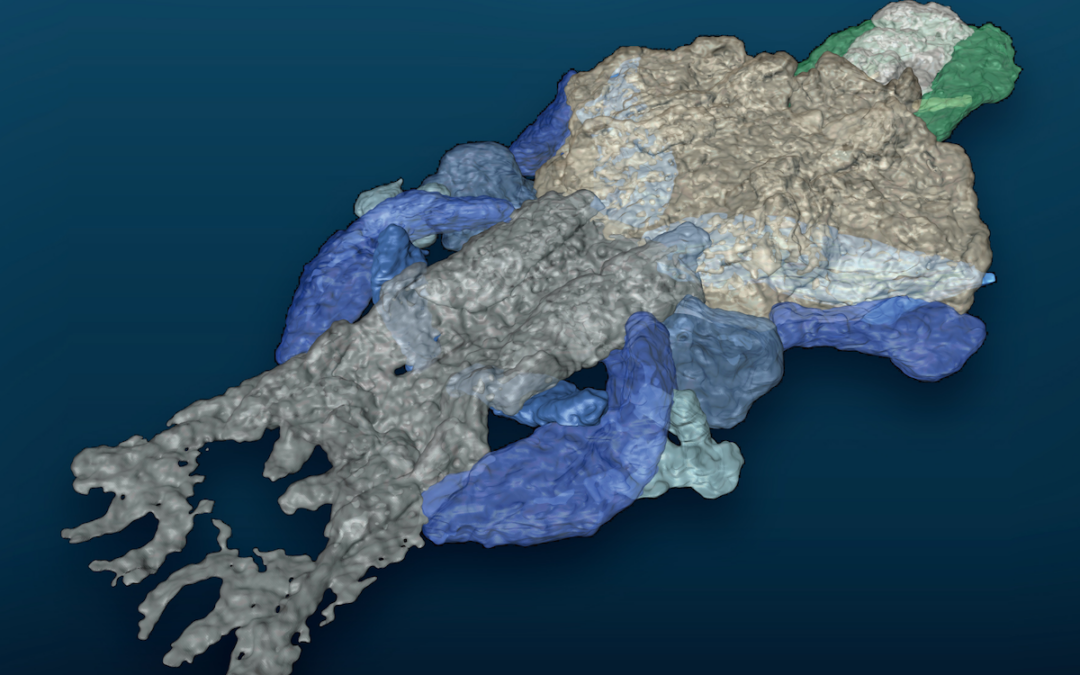
Palaeospondylus: mystery of vertebrate evolution solved
Micro-CT scans using synchrotron radiation X-rays reveal Palaeospondylus morphology, finally allowing its placement on the evolutionary tree. Continue!
Apr
28
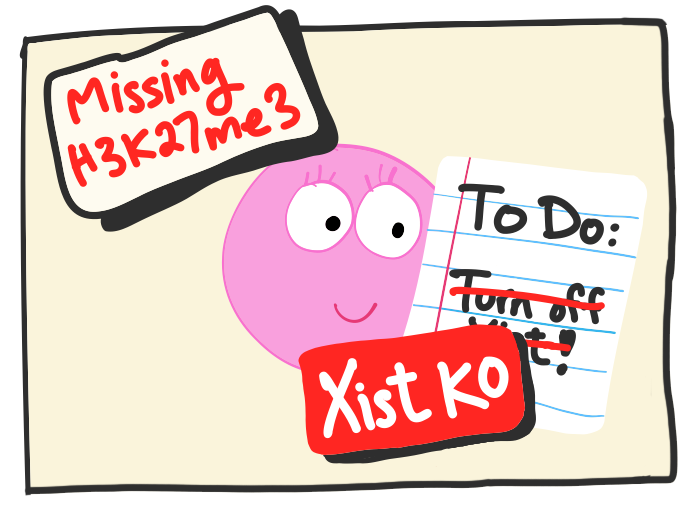
Xist knockout rescues miscarriages in mice
Xist knockout rescues miscarriages in mice whose egg cells lack H3K27me3 epigenetic instructions. Continue!

